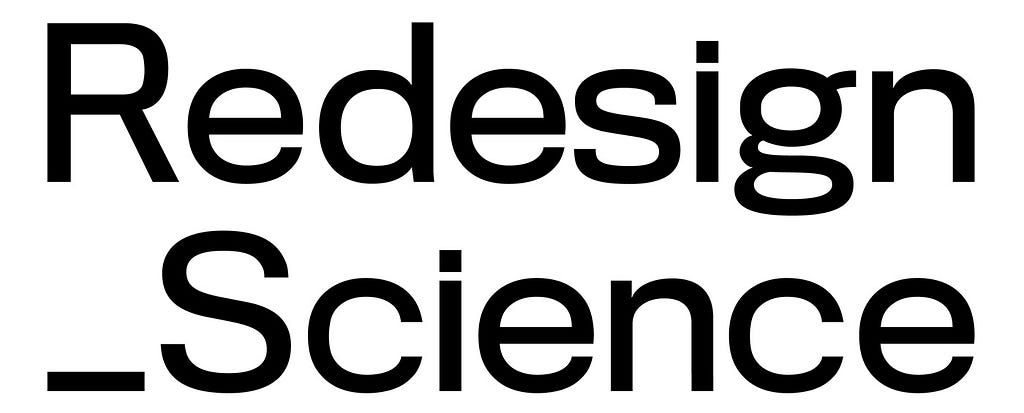Redesign Science
Topics:
tl;dr — Redesign Science is a computational chemistry company setting a new standard for early-stage small molecule drug discovery. We led a $2M round and wrote our largest check to date at Notation.

When we announced our investment in Clora two years ago, we discussed the long and painful path that a drug takes to get to market, on average twelve years and billions of dollars spent, all while patients in need have to wait. Many solutions are needed to shorten this ridiculously long timeline, but recently we discovered one that we think is unique, and it’s why we led a $2M round in Redesign Science, and wrote our largest initial check to date. Redesign Science is building on 30 years of computational drug design technology and their own proprietary approaches to deliver the next generation rational drug design platform, specifically tackling “undruggable” proteins.
What exactly does this mean? Well, a little background:
A small molecule drug can cure or stop disease progression when it binds to a target protein that is involved in the disease pathway, and either inhibit or activate its function. Not long ago, scientists would use trial and error by screening a large drug library against the protein to search for active compounds, which means huge experimental costs, long development times, and because of the limited size of the screening library, a frequent inability to find active compounds. These odds-defying protein targets are deemed “undruggable.”
In the late 90s, people started to experiment with the use of computers to aid in the rational design of new drugs. This approach is called Computer-Aided Drug Design (“CADD”). At the time, it was believed this would usher in a new age of drug discovery, but CADD fell short because of the way protein design was approximated in this early system. The microscopic protein structures used in CADD are usually obtained from X-ray Crystallography, where the crystals are prepared in sub-zero temperature, essentially freezing the proteins inside, and thus treating them as static and rigid objects. But proteins are not static objects — they’re highly dynamic, shape-shifting machines.
There has long been consensus in scientific and software communities that the motion of protein targets can be simulated just like aerodynamics or fluid-dynamics in a process called Molecular Dynamics Simulation (“MD”). However, it turns out that performing such simulation is extremely computationally intensive, and was not possible until quite recently.
Redesign Science is a computational chemistry company setting a new standard for early-stage small molecule drug discovery. It does this by simulating the dynamic motion of drug targets to discover structures that are not observable by experimental methods, and thus targetable by drug-like molecules.
David Rooklin and Haotian Li have been working on computational chemistry approaches together at NYU for the past decade. They combine a unique skill set across various disciplines including software development, machine learning, and science. And they’re uniquely suited to solve the problems described above that have evaded the scientific community for decades.
We’re thrilled to be supporting them as they tackle their own go-to-market, and we’re even more excited about all of the possibilities (and lives saved) that Redesign Science will enable in the years to come.
Redesign Science was originally published in Notation on Medium, where people are continuing the conversation by highlighting and responding to this story.